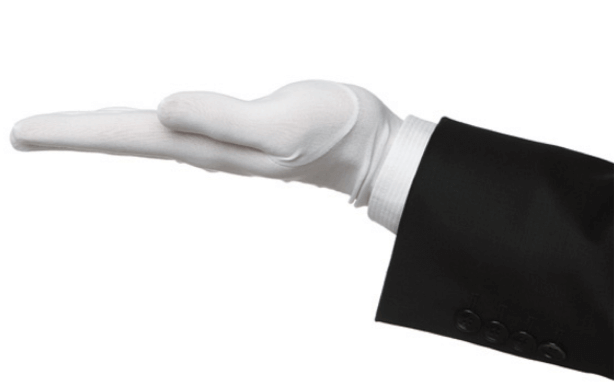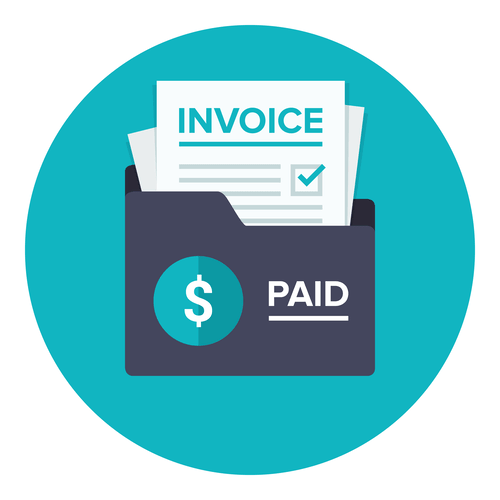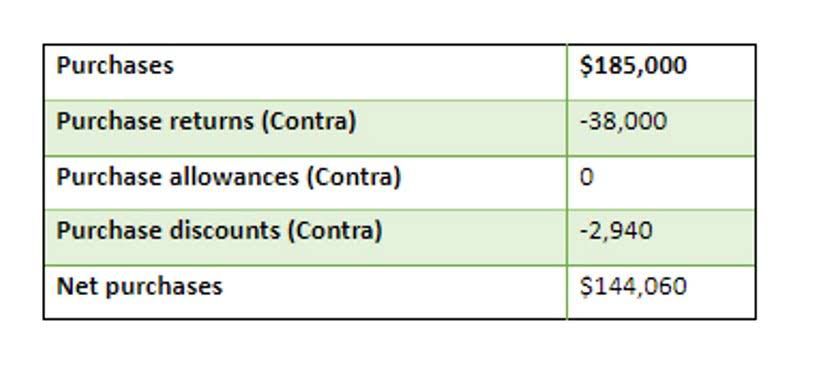
When the payment on a note is received, Cash is debited, Note Receivables is credited, and Interest Revenue is credited. When a note is received from a customer, the Notes Receivable account is debited. The credit can be to Cash, Sales, or Accounts Receivable, depending on the transaction that gives rise to the note. There are several types of notes receivable that arise from different economic transactions. For example, trade notes receivable result from written obligations by a firm’s customers.
Financial
- This is done using a debit entry to the notes receivable account and a credit entry to the accounts receivable account.
- ‘Notes Receivable’ is classified as an asset by a company.
- Explore its role in businesses, seeing its practical applications and how it impacts financial health.
- The premium represents the excess of cash received over the note’s face value and is amortized, reducing interest revenue over the note’s life.
Both parties agree that the customer must reimburse the principal normal balance amount and a 10% interest on the note. The note receivable represents the company’s right to collect the principal and interest when the maturity date arrives. To record the collection of note receivable at maturity & interest income for the time frame, i.e., (100,000 x 6%) x (183/365). The payee is typically a business or creditor expecting payment on a specific date.
Do you own a business?

This provides transparency, legal recourse in case of default, and allows the corporation to earn interest. Notes receivable is an asset that represents the written promise of a debtor to pay a certain sum of money on a specified future date. This promise to pay is a legal bond, and its violation may lead to legal consequences such as lawsuits.

Notes Receivable vs. Notes Payable

The payee is the party who receives payment under the terms of the note, and the maker is the party obligated to send funds to the payee. The amount of payment to be made, as listed in the terms of the note, is the principal. The principal is to be paid on the maturity date of the note. During the financial review, the accountant highlighted the increase in notes receivable, indicating more clients opted for deferred payment terms. Both accounts receivable and notes receivable can be used to generate immediate cash. If the note extends beyond one period, interest is recorded at the maturity date or at the end of the accounting period using an adjusting entry.
How trade receivables are recorded in accounting
In these situations, interest must be accrued at year-end. This is because not all the sales made to a particular customer Coffee Shop Accounting are recorded in the customer’s subsidiary accounts receivable ledger. The duration of notes receivable is the length of the time that notes are outstanding or the number of days called for by the notes.

- MPC has to write off the remaining balance of the note with interest due.
- If your business sells tires, for example, then any sales of tires on credit would be a trade receivable, as it relates to your core business activity.
- In contrast, notes receivable involve written promises to pay a specified amount by a certain date, often with interest.
- A small business could use a note receivable when dealing with a regular customer such as a contractor.
- However, their impact is generally more immediate and shorter-term.
As mentioned above, the company must determine, using the timeframe of the note receivable, whether it classifies as a current asset or what are notes receivable non-current. However, the accounting entry will follow if the company converts an accounts receivable balance to a note receivable. Valuation involves estimating the note’s realizable value, accounting for potential uncollectibility. Just like accounts receivable, notes receivable may need an allowance for doubtful accounts to reflect the estimated collectible amount accurately.
Payment Gateway

In such cases, companies must evaluate the fair value of the items exchanged, using either the asset’s market price or the present value of the note. If neither the note nor the asset’s fair value is determinable, the effective interest rate is imputed based on comparable credit instruments. Accounts receivable, like notes receivable, impact cash flow by delaying the receipt of cash from customers.
- Shortening the trade receivables turnover period reduces the CCC, enhancing liquidity.
- The principal portion is often referred to as the face value.
- X ltd. sold machinery to Y Ltd for $ 500,000 with the terms that payment against purchase will be made within 35 days from the date of sale.
- We’ve earned this revenue during this period, so we’re going to take the revenue during this period for $107.
- The amount debited to interest receivable represent simple interest earned on note receivable from ABC.
Formula to calculate trade receivables
A case in point is the sale of equipment or other personal or real property in which payment terms are normally longer than is customary for an open account. The individual or business that signs the note is referred to as the maker of the note. The person to whom the payment is to be made is called the payee. Notes receivable refers to a written, unconditional promise made by an individual or business to pay a definite amount at a definite date or on demand.
Join over 22 million students in learning with our Vaia App
However, their impact is generally more immediate and shorter-term. When a note receivable is issued, there is no cash immediately received. This has an indirect impact on cash flow, as your company’s liquid cash remains unchanged even though you’ve made a sale. Notes that have a due date within one year are considered current notes receivable and are categorized as current assets.
